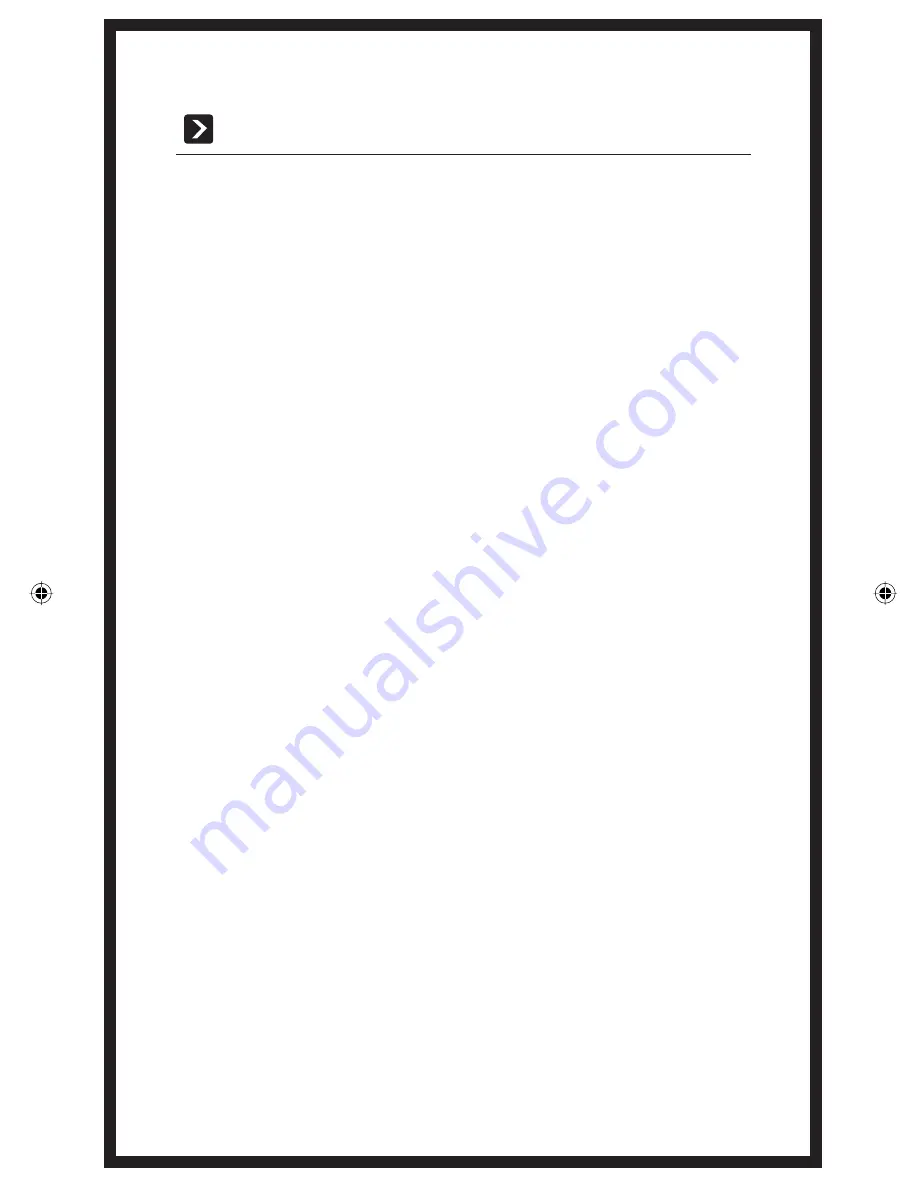
3
SET-UP
A note about shock-corded poles
Shockcord (bungee cord) is meant to keep pole sections in the proper
order—not as an automatic assembly mechanism for poles. Do not hold
one section while whipping the rest of the pole back and forth, or toss
the poles into the air; either procedure excessively stresses the pole joints
and shockcord. Instead, fi t poles together section by section, making sure
that each piece slides completely into the next. Forcing an improperly
assembled pole into place can damage the pole and/or the tent body
and fl y.
Assembling the Tent
1
Assemble all poles carefully as described in the previous paragraph.
You will have four equal-length poles and one shorter vestibule pole.
2
Lay the tent body out fl at.
In windy conditions, peg all the fl oor corners
before proceeding.
3
Gently insert each of the four poles through one of the pole sleeves on
the tent body.
Push the poles through rather than pulling them; pulling
may cause the pole sections to partially separate, leading to jamming
inside the sleeve. Do not insert the pole ends into the grommets until all
the poles are in their sleeves.
4
Starting with the two poles that cross at the apex of the roof, insert the
pole ends into the appropriate grommets on the tent body.
It may help
to have one person lifting the top of the tent to loft it up as you tension
these poles. Be especially careful in windy conditions – this is the stage
when the greatest stress can be placed on the poles.
There is more than one grommet on each webbing tab so that you can
increase or decrease the tautness of the tent to compensate for fabric
slackening or tightening caused by changes in humidity. When fi rst
erecting the tent, it is best to use the outermost (loosest) grommet
on each tab.
Attaching the Fly
1
Drape the fl y over the tent so the doors in the fl y line up with the doors
in the tent body.
2
Insert the shorter vestibule pole into the pole sleeve found on the inside
of the fl y over one of the doors.
Nunatak eng.indd 3
Nunatak eng.indd 3
3/1/05 2:28:53 PM
3/1/05 2:28:53 PM


























